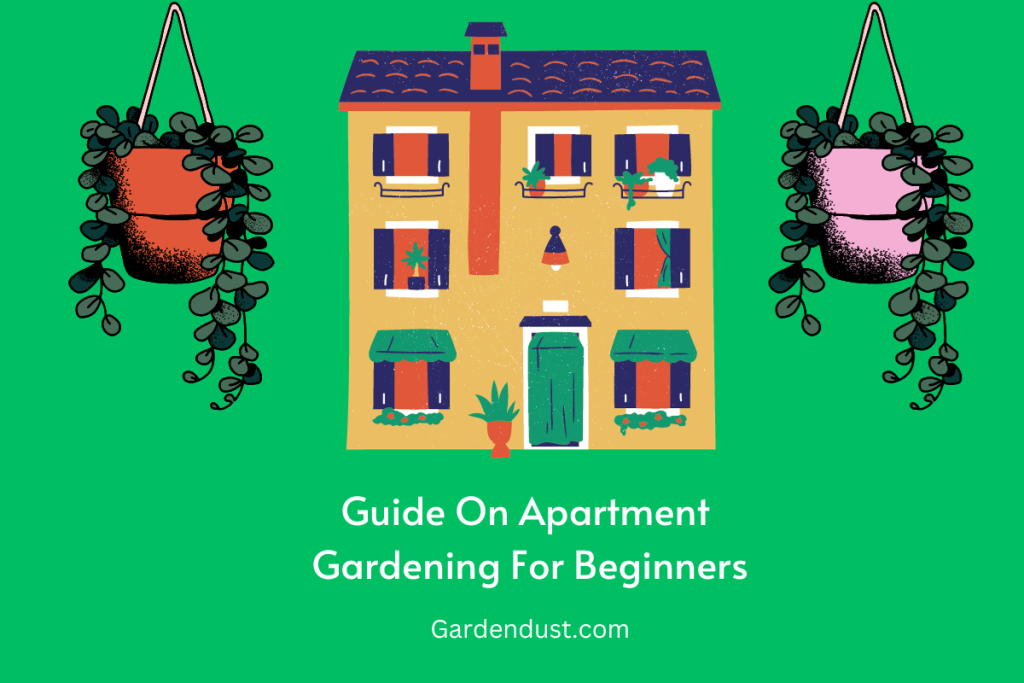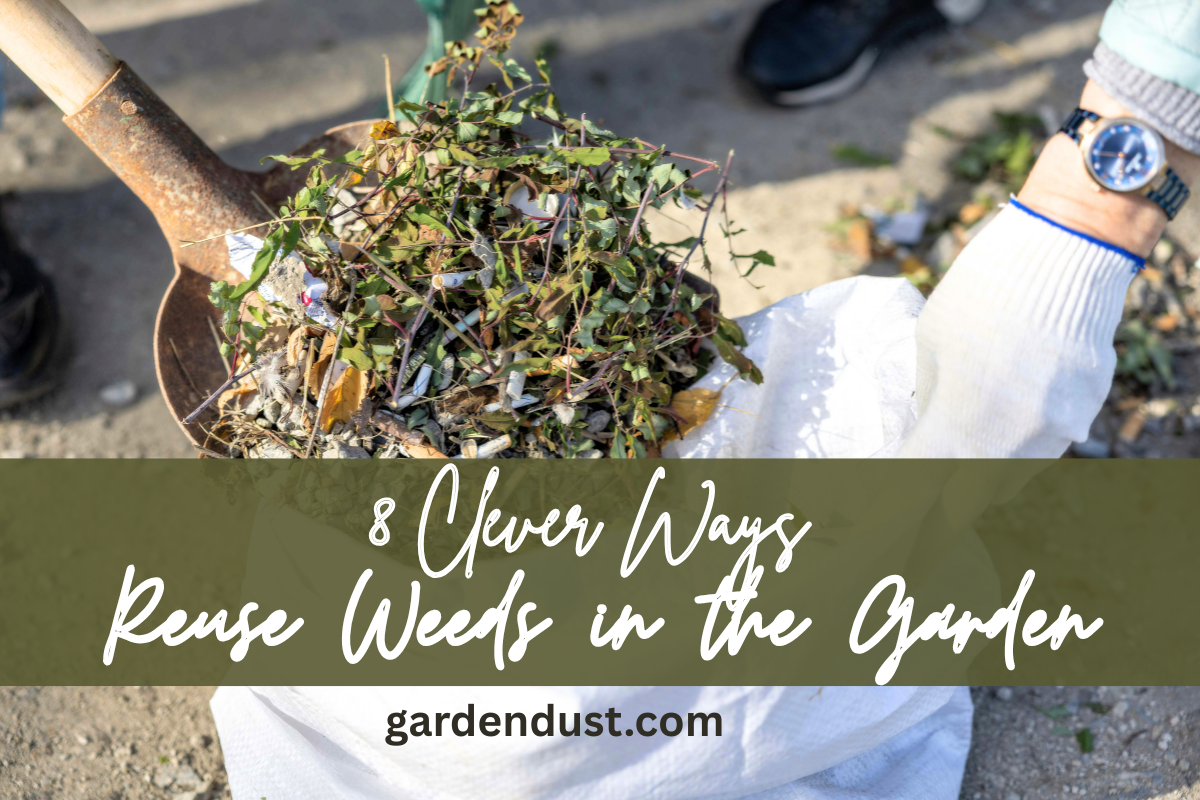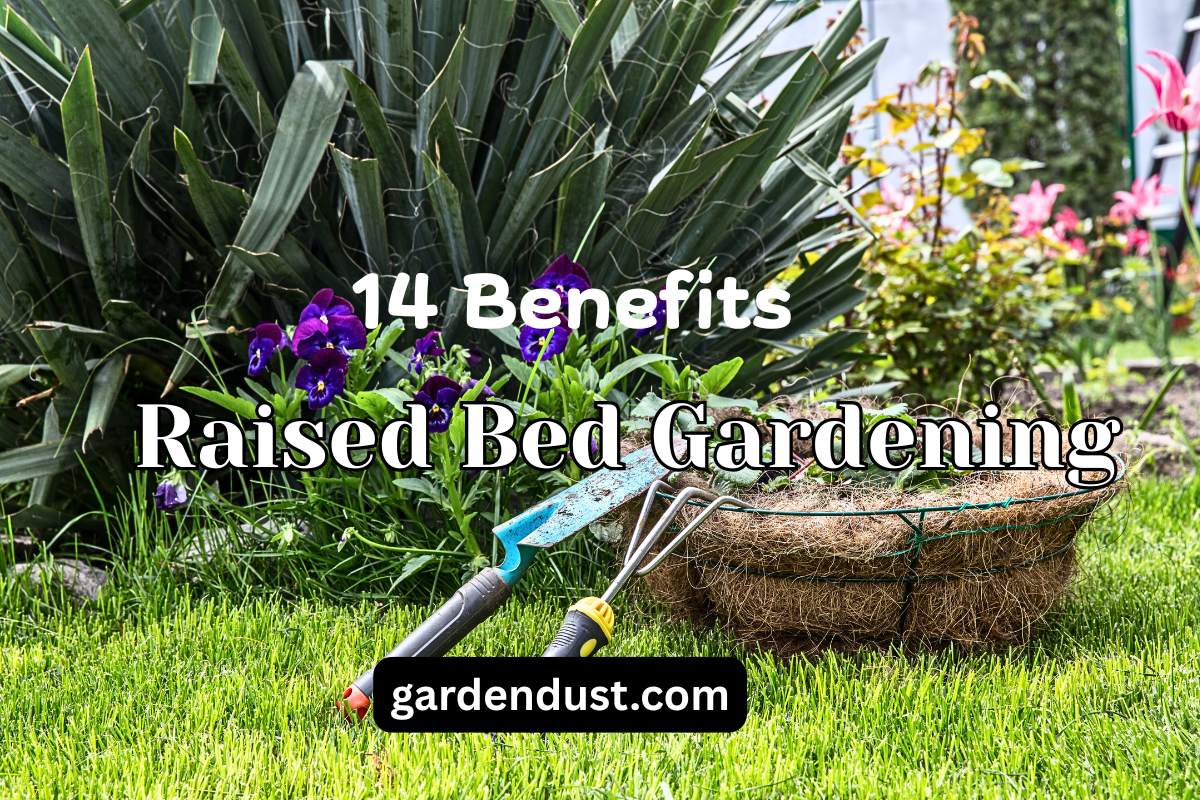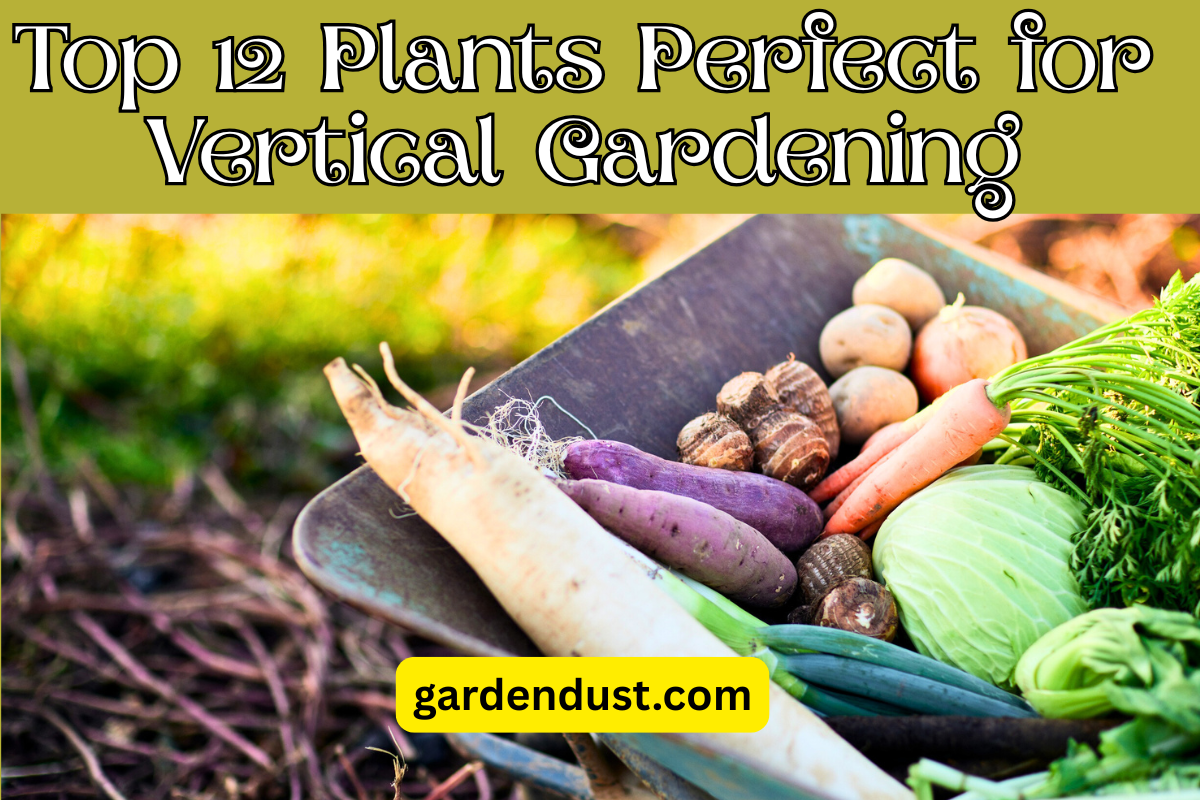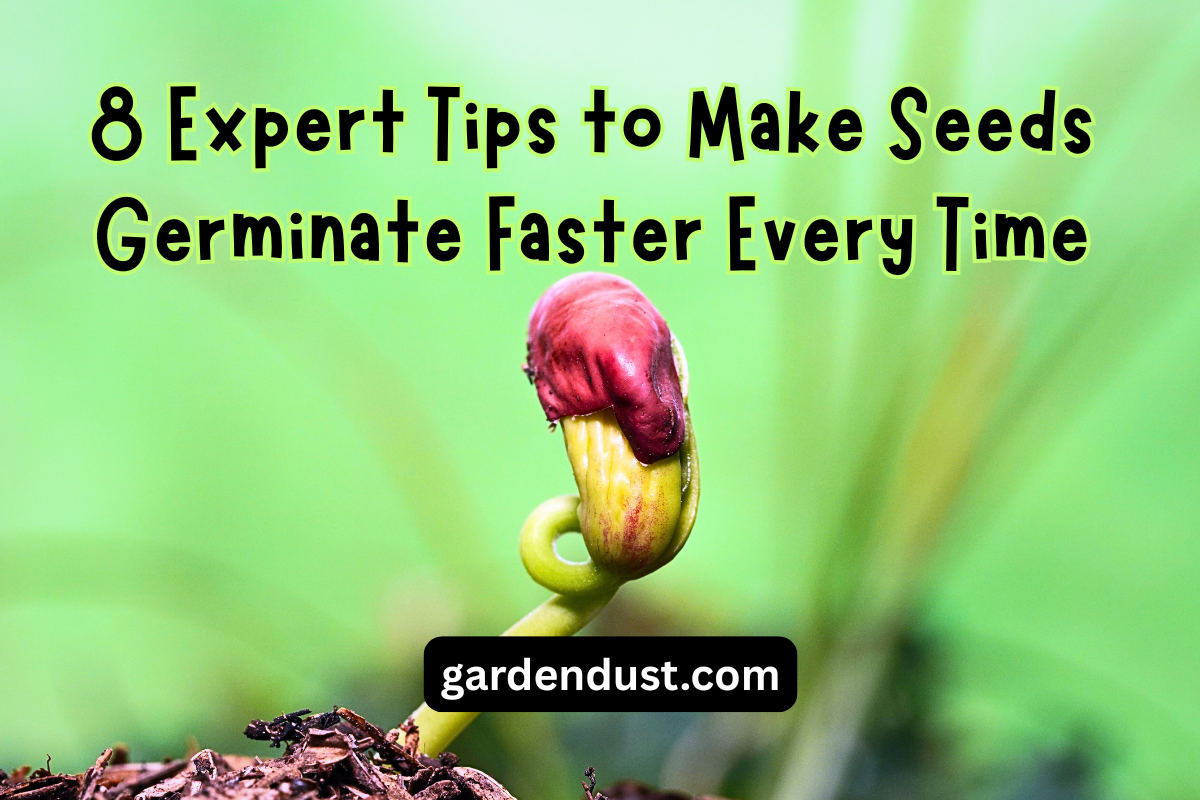Dreaming of a lush garden but don’t have the luxury of outdoor space? Even in the coziest living spaces, apartment gardening can make your green dreams come true. Whether you have a small balcony, a sunny windowsill, or just a corner of your living room, you can create a thriving urban oasis. In this guide, we’ll walk you through the basics of apartment gardening, helping you turn your limited space into a flourishing garden.
Getting Started with Apartment Gardening
1. Assess Your Space
Before diving into apartment gardening, take a good look at your available space. Consider factors like sunlight, humidity, and temperature variations. Different plants have different needs, and matching them to your environment is key to success.
2. Choose Your Plants Wisely
Select plants that are well-suited for indoor or small-space gardening. Ideal choices include herbs, succulents, small flowering plants, and compact vegetables like cherry tomatoes or peppers. Research each plant’s specific requirements for light, water, and space.
3. Gather Your Supplies
You don’t need a garden shed full of tools. Basic supplies for apartment gardening include:
- Pots or containers
- Potting mix or soil
- Seeds or young plants
- Watering can or spray bottle
- Small gardening tools (trowel, pruners, etc.)
- Fertilizer (optional)
Setting Up Your Apartment Garden
4. Container Selection
Choose containers that suit your space and aesthetic. Consider hanging planters, window boxes, or small pots for windowsills. Ensure that your containers have drainage holes to prevent overwatering.
5. Soil Matters
Invest in high-quality potting mix designed for your plant types. Good potting mix provides the right nutrients and drainage for your plants to thrive.
6. Plant Carefully
Follow planting instructions for your chosen plants. Be mindful of spacing to avoid overcrowding. Some plants can be grown together in the same pot, while others require separate containers.
Caring for Your Apartment Garden
7. Sunlight Requirements
Most indoor plants need at least 6 hours of indirect sunlight per day. Place your plants near a sunny window or use grow lights if natural light is limited.
8. Watering
Avoid overwatering by allowing the top inch of soil to dry out before watering again. Use a saucer to catch excess water and prevent damage to your furniture.
9. Pruning and Deadheading
Regularly trim or pinch back your plants to encourage bushier growth. Remove dead or yellowing leaves and spent flowers to promote new growth.
10. Fertilizing
Fertilize your plants sparingly, as too much can harm them. Use a balanced, water-soluble fertilizer diluted to half the recommended strength every 4-6 weeks during the growing season.
Dealing with Common Challenges
11. Pests and Diseases
Keep an eye out for pests like aphids or mealybugs. Treat infestations promptly with natural remedies or insecticidal soap. Ensure proper air circulation to prevent mold or mildew.
12. Limited Space Solutions
If space is tight, consider vertical gardening with wall-mounted planters or a hanging garden. Additionally, choose compact or dwarf varieties of plants to maximize your space.
Frequently Asked Questions About Apartment Gardening
1. Can I grow vegetables in my apartment?
Yes, you can grow vegetables in your apartment, but choose compact varieties like cherry tomatoes, peppers, or herbs that are well-suited for indoor gardening.
2. What are some low-maintenance plants for beginners?
Succulents, snake plants, pothos, and spider plants are excellent low-maintenance choices for beginners.
3. How can I ensure my plants get enough light in my apartment?
Place your plants near a sunny window that receives at least 6 hours of indirect sunlight per day. You can also use artificial grow lights if natural light is limited.
4. Do I need to repot my plants as they grow?
Yes, some plants may outgrow their containers and need to be repotted into larger pots. Check for signs like roots emerging from drainage holes or slow growth.
5. Can I grow herbs in my kitchen?
Absolutely! Herbs like basil, mint, and rosemary thrive in kitchen windowsills. They provide fresh ingredients for your cooking and add greenery to your space.
6. What should I do if my plant leaves turn yellow?
Yellowing leaves can be a sign of overwatering, poor drainage, or nutrient deficiencies. Adjust your watering schedule, improve drainage, or consider fertilizing with a balanced fertilizer.
7. Is it possible to grow plants without natural light?
While most plants need some natural light, you can grow low-light-tolerant varieties like snake plants, pothos, or peace lilies in spaces with limited sunlight.
Conclusion
Apartment gardening is a rewarding and therapeutic hobby that brings nature into your living space. You can create a vibrant indoor garden that thrives year-round with the right plants, care, and attention. Whether you’re a seasoned gardener or a complete novice, apartment gardening offers endless possibilities for creativity and greenery in your urban oasis. Happy gardening!

